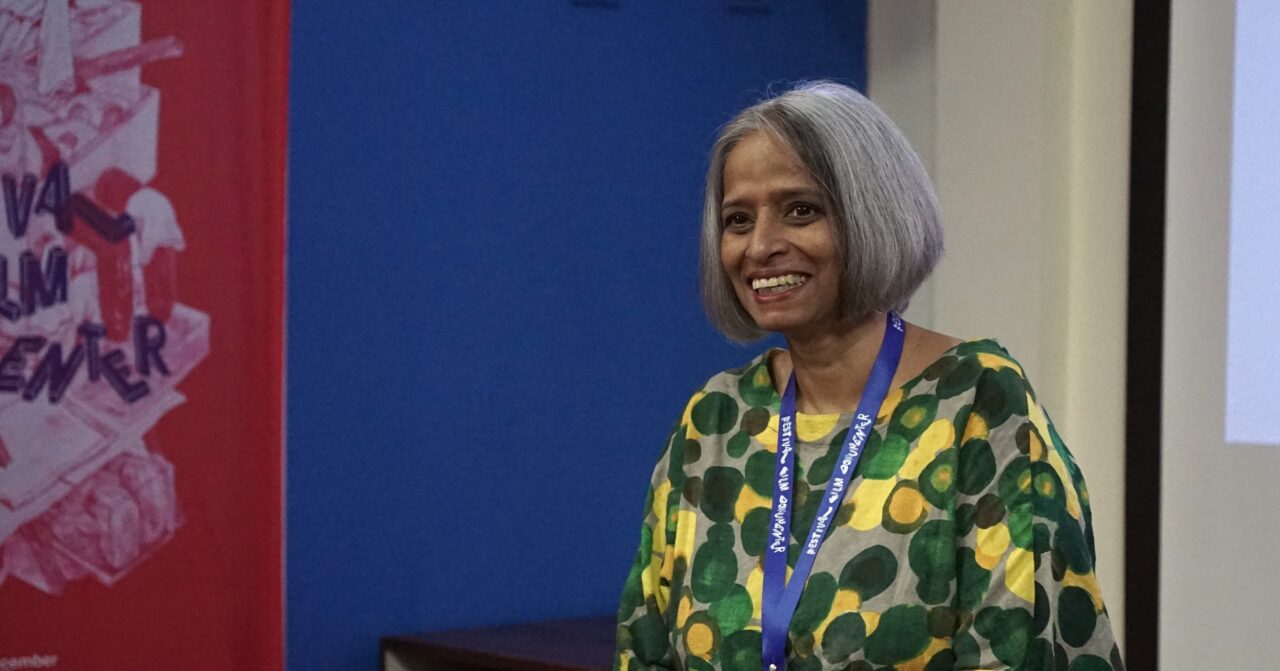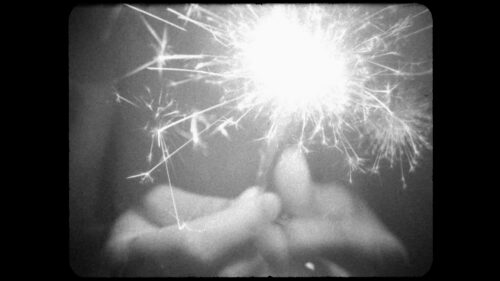Through her films, Nishtha Jain has always tried to capture deep political and economic nuances and contexts.She blends strong social commentary with a touching personal approach. Jain often focuses on how the subjects’ identities, such as gender and class, impact their personal experiences. During Festival Film Dokumenter 2023, four of Jain’s films were screened. Two of them were screened at Bioskop Sonobudoyo on December 7, 2023, including Proof (2019) and City of Photos (2004). After the screening, the audience had the opportunity to join a Q&A session with the director.
Based on the experience of a junior gynecologist, Amandeep, at a public hospital in Delhi in 1984, Proof (2019) attempts to reconstruct the gender discrimination that occurred in India at that time. Jain said that the story in this film refers to the true story of the early career of one of the first male gynecologists in India who was a friend of Jain. Jain wanted to show the view of women in a very patriarchal society. Of course, this view is mirrored by patriarchal behavior as well. “The women’s ward is a yardstick of what’s happening in society outside. Through something as simple as people wanting to have a boy instead of a girl, to how rape victims are treated.” Jain stated.
Proof (2019) narratively follows a night where Amandeep witnesses the terrible abuse of a rape victim: she is distrusted from the beginning, looked down upon. Jain states that this happens all too often, “they have gone through rape, but when they go through the procedure, these women are ‘raped’ again, but now by society at large, in different ways.” Through Proof (2019), Jain wants to show the reality that perhaps not all women show support and sympathy to other women. According to Jain, the problem also lies in society as a collective, where women may be too used to dealing with patriarchy on a daily basis and instead become the props of the patriarchal system.

City of Photos (2004) is a documentary that attempts to capture the “other” world of photo studios in various Indian cities. Still with a more personal approach, Jain follows the stories of customers, their hopes and dreams based on their choices from their backdrops for photos. Jain provides social commentary on society’s view of class and the unattainable aspirations of the lower middle class expressed when they are photographed at the studio. Jain also tries to bring in alternative stories and viewpoints with her own socio-economic commentary. As it turns out, many of the poorest communities in India are Muslim communities. She brings up the story of the popularity of photo studios among the Muslim community. “Everyone wants to do things that they are not allowed to do. Among them (the Muslim community), there is a restriction on taking pictures. They feel guilty, but of course this doesn’t stop them.” Jain said.
Although City of Photos (2004) and Proof (2009) are two very different films in terms of overall cinematic and thematic style. However, the hallmarks of a Jain are very visible. A very human-centered approach and the relationships between people that build the dynamics of society. Documentaries are supposed to be like that, making us reflect on the role we play in shaping these dynamics.
Covered by Aradi Ghalizha on December 7, 2023.



